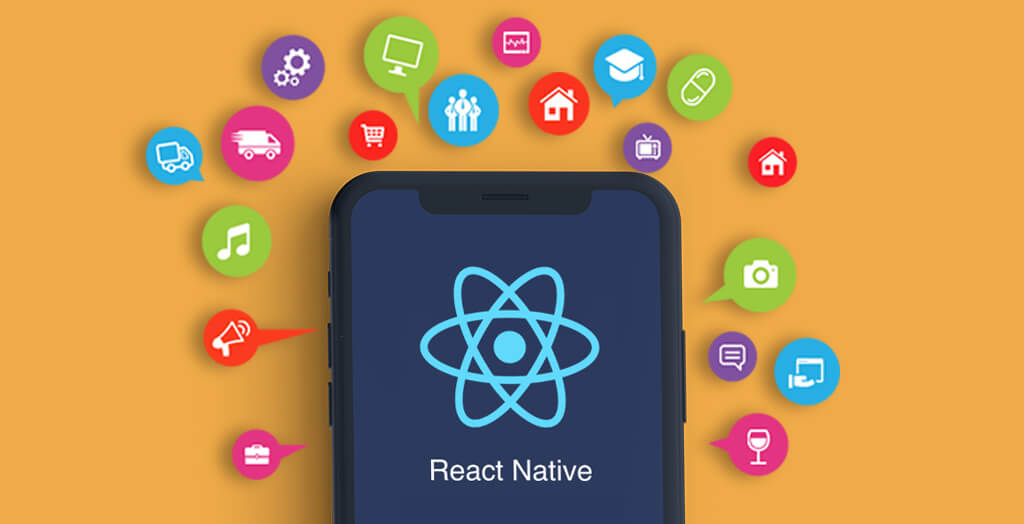Employee satisfaction is the cornerstone of a thriving workplace. Organizations are increasingly recognizing the importance of measuring and enhancing employee engagement to foster a positive work environment. One powerful tool gaining popularity in this realm is the Employee Net Promoter Score (eNPS). In this blog post, we’ll delve into the world of eNPS questions, exploring its significance, how it works, and the impact it can have on organizational success.
What is eNPS?
The Employee Net Promoter Score is a metric derived from the Net Promoter Score (NPS), a customer loyalty metric widely used in business. Developed by Fred Reichheld, NPS measures the likelihood of customers recommending a company’s products or services. The concept was later adapted to gauge employee satisfaction and loyalty, leading to the creation of eNPS.
eNPS is a straightforward metric that asks employees a single question: “On a scale of 0 to 10, how likely are you to recommend this company as a place to work?” Based on their responses, employees are categorized into three groups: Promoters (9-10), Passives (7-8), and Detractors (0-6). The eNPS is then calculated by subtracting the percentage of Detractors from the percentage of Promoters, yielding a score that can range from -100 to 100.
The Power of a Single Question:
What makes eNPS so effective is its simplicity. Unlike lengthy surveys that can overwhelm employees, eNPS boils down employee sentiment into one key question. This brevity not only increases response rates but also provides a quick snapshot of the overall employee experience.
Implementing eNPS:
To effectively implement eNPS, organizations need to conduct regular surveys, preferably quarterly or annually, to track changes in employee sentiment over time. The anonymity of the survey encourages honest feedback, allowing organizations to identify areas of improvement and address concerns.
Analyzing eNPS Results:
Interpreting eNPS results involves more than just looking at the numerical score. Understanding the distribution of Promoters, Passives, and Detractors is crucial. While a positive score indicates a generally satisfied workforce, the real insights lie in the qualitative feedback provided by employees.
Addressing Detractors:
Detractors, employees who score 6 or below, represent areas for improvement. Organizations must take swift action to address their concerns, whether they relate to workplace culture, leadership, or specific policies. Regular communication and targeted initiatives can help convert Detractors into Promoters, contributing to a more positive workplace atmosphere.
Leveraging Promoters:
Promoters, those who score 9 or 10, are the organization’s biggest advocates. Engaging with Promoters to understand what contributes to their positive experience can uncover best practices that can be replicated across the organization. Promoters can also serve as ambassadors for employer branding, attracting top talent to the organization.
The Impact of eNPS on Organizational Success:
A high eNPS is not just a feel-good metric; it has tangible effects on organizational success. Research consistently shows a positive correlation between high eNPS scores and productivity, employee retention, and overall business performance. A satisfied workforce is more likely to go the extra mile, leading to increased innovation and customer satisfaction.
eNPS as a Continuous Improvement Tool:
The beauty of eNPS lies in its ability to drive continuous improvement. By regularly measuring and analyzing employee sentiment, organizations can adapt and evolve to meet the changing needs and expectations of their workforce. This iterative process creates a dynamic workplace culture that fosters employee growth and satisfaction.
Conclusion:
In the pursuit of building a flourishing workplace, organizations must prioritize employee satisfaction. The eNPS provides a simple yet powerful tool to measure and enhance employee engagement. By asking a single question, organizations can unlock valuable insights, address concerns, and capitalize on strengths. The result is a positive work environment where employees are not just workers but enthusiastic advocates contributing to the success of the organization.









